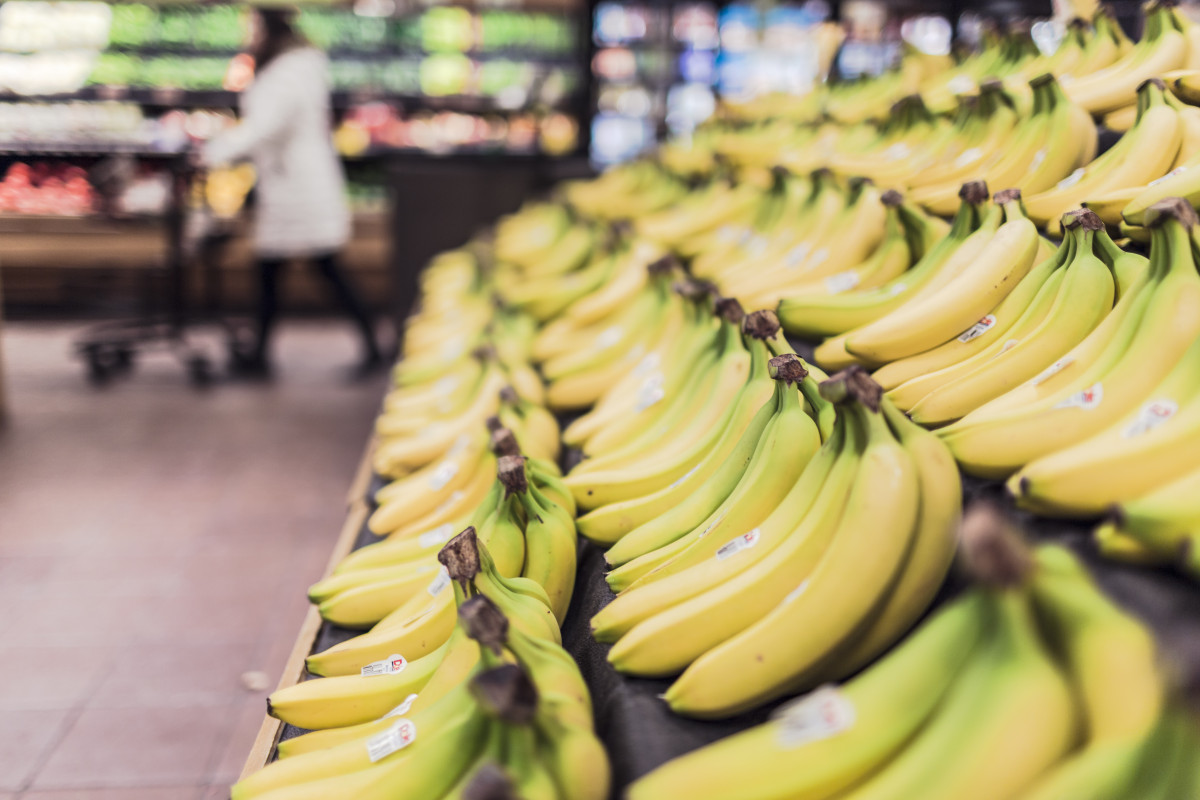It wasn’t that long ago that competition took place between products, and the criteria for choice between rivals was customer benefits. Product vs product. Today, for globally scaled brands, the competition is really between the reach and co-ordination of different configurations of value chains, and the criteria for choice for customers is the quality of the experiences delivered as a result.
It’s fascinating to see how this is playing out in the FMCG space – because here the global brands are amongst the most valuable in the world. The 2014 Brand Footprint reveals all top 50 global FMCG brands were chosen at least 500 million times over the past year. They made it into shoppers’ carts through a range of strategies: they talked to consumers’ heightened awareness of health issues; they delivered convenient solutions for people’s busy lives; they were smart sized in ways that made them affordable; they were genuine and relevant in their communications and encouraged consumers to talk amongst themselves; they were increasingly personalised in order to build deeper and closer relationships; and more and more they were weighted towards one of three categories – affordable luxury, premium, or basic.
Global has a long way to go
What surprised me the most though was that, according to Brand Footprint, there are still significant opportunities for consumer packaged goods brands to grow their footprints. In fact, the average market penetration across the entire Top 50 is just 20%. That means their value chains have some way to go if they are to dominate across markets.
The other surprise is the extent to which local brands are winning share, or at the very least holding their own, in the face of competition from the mega-brands. You might expect that faced with such an onslaught, local brands would be in decline. Not so. According to the report, these more localised players have in fact been able to use their proximity to market to attract new consumers and develop loyalty much more quickly than their globally scaled competitors, to the point where they now collectively account for 60% of shopper purchases.
So the challenge now for the big brands, if they are to achieve their ambitions, is to make “big” experiences count at an individual level against the more focused offerings of local competitors – meaning the real battle is between two marketing ideas that one might otherwise regard as synonyms: familiarity; and intimacy. In this context, they have different meanings. Familiarity – the brands that reach consumers and that they recognise. Intimacy – the brands consumers engage with and are loyal to.
4 ways to increase brand footprint
As this tussle between market knowledge (somewhere) and global knowledge (everywhere) continues, the report identifies four ways for the big brands to increase their footprints in the years ahead:
- They must identify and meet local requirements much better than they have, be it through new flavours or tailored marketing campaigns.
- They must extend not just their reach but also their access through a combination of smart multi-channelled distribution and affordable product formatting.
- They must develop new consumer needs within their current buying patterns and fulfil them in relevant ways.
- They must include consumers in more conversations, encourage greater participation via sharing and involve them more closely in development and ideas.
There’s an interesting dichotomy here between logistical and emotional deliverables. To achieve true “glocal” status, brands will need to be able to get products to markets across the world with cold efficiency and then deliver them into market in ways that grow customer intimacy by making them feel as localised as possible, regardless of where they actually originate from.
That raises another interesting point. ‘Local’ is now more a sentiment than a geographical reality. It relates directly to the sense of proximity and to the speed of reach and sense of connectedness in the minds of consumers. Classic example of this? Amazon Prime – which has combined membership (and therefore the wish to get their money’s worth) with free shipping to make the company feel ‘next door’, everywhere. According to Time, “Subscribers not only ordered more often, but after paying the $79 fee, they started buying things at Amazon that they probably wouldn’t have in the past. Since shipping was always speedy and free, members saved themselves a trip to the store for things like batteries and coffee beans.”
The four letter word going forward for global brands is: Here.
Global brands have new questions to consider. Does it feel this close? Does it reflect this place? Does it match how we live? If global FMCG brands can enhance that sense of immediacy in every market they reach into, they will give local brands a run for their money. If they can’t, they may well continue to be the brands that come “here”, not the brands that are “here”.

